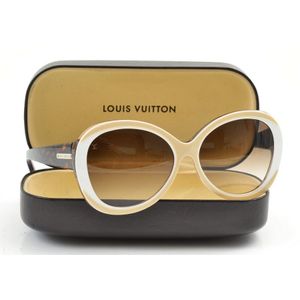Scumbled Rosewood Spoon-Back Chair with Gold Detail
You must be a subscriber, and be logged in to view price and dealer details.
Subscribe Now to view actual auction price for this item
When you subscribe, you have the option of setting the currency in which to display prices to $Au, $US, $NZ or Stg.
- Rosewood - A dense timber that varies in shade to very light brown to almost black. When rosewood is cut and sanded the colour of the timber will turn black, and after polishing and exposure to daylight, the surface will gradually lighten over time to light brown with black streaks.
The name comes from the odour emanating from the timber when it is planed, sanded or cut.
Rosewood was very popular for use in Victorian furniture in the second half of the 19th century, and at that time most of the rosewood was imported from Brazil. However it also grows in India and Indonesia.
It is used in the sold for chairs and table legs, but for carcase furniture such as side cabinets and bookcases, and for table tops it is always used as a veneer. - Regency Period - The Regency period in English furniture design refers to the period when King George III, was declared unfit to rule in 1811, and his son ruled as proxy as Prince Regent, until 1820, and then, after the death of his father as George IV until his death in 1830. The Regency period was preceded by the Georgian period (George I, George II, and George III: 1714 - 1811), and was followed by the William IV period, which only lasted until 1837 when William IV died as was succeeded by Queen Victoria.
- Cane in Furniture Making - Cane, as used to make furniture is harvested from the ratan palm. The rattan palm is a type of climbing palm that is native to tropical regions of Asia and Africa. The stem of the rattan palm, also known as cane, is harvested, stripped of its skin, and then used to make a variety of furniture items. Rattan furniture is known for its durability, lightness and natural beauty. The cane is flexible yet strong and can be woven into various patterns, making it suitable for a wide range of furniture styles from traditional to modern. The furniture made from rattan cane is also known for its durability and resistance to extreme weather conditions. Popular items include chairs, tables, sofas, and cabinets. The natural colour of the cane can be preserved or it can be stained or painted for different looks.
This item has been included into following indexes:
Visually similar items

O. Noel Coulson (1905-1993), arm chair, c. 1958 manufactured by S. Andrewartha furniture, Melbourne, with upholstered back and seat, front legs with brass sabots. Height 85 cm, width 60 cm, depth 52 cm. Provenance: Commissioned for 211 Kooyong Rd, Toorak,

A Chinese Shou Shan stone carved with a pig, the seal is Blank, a rich yellow stone with light & dark streaking, the recumbent pig is well delineated with long floppy ears, lying on top of the square base. Height 6.5 cm

An antique Continental giltwood torchere the torchere is decorated in the neoclassical style with a scrolling frieze, carved rams heads and hoof feet, upon a circular weighted platform base. Height 90 cm

A pair of sunglasses by Louis Vuitton, Slyled in aux tortiose shell, cream and beige composite, Z0522W, with original case and box
